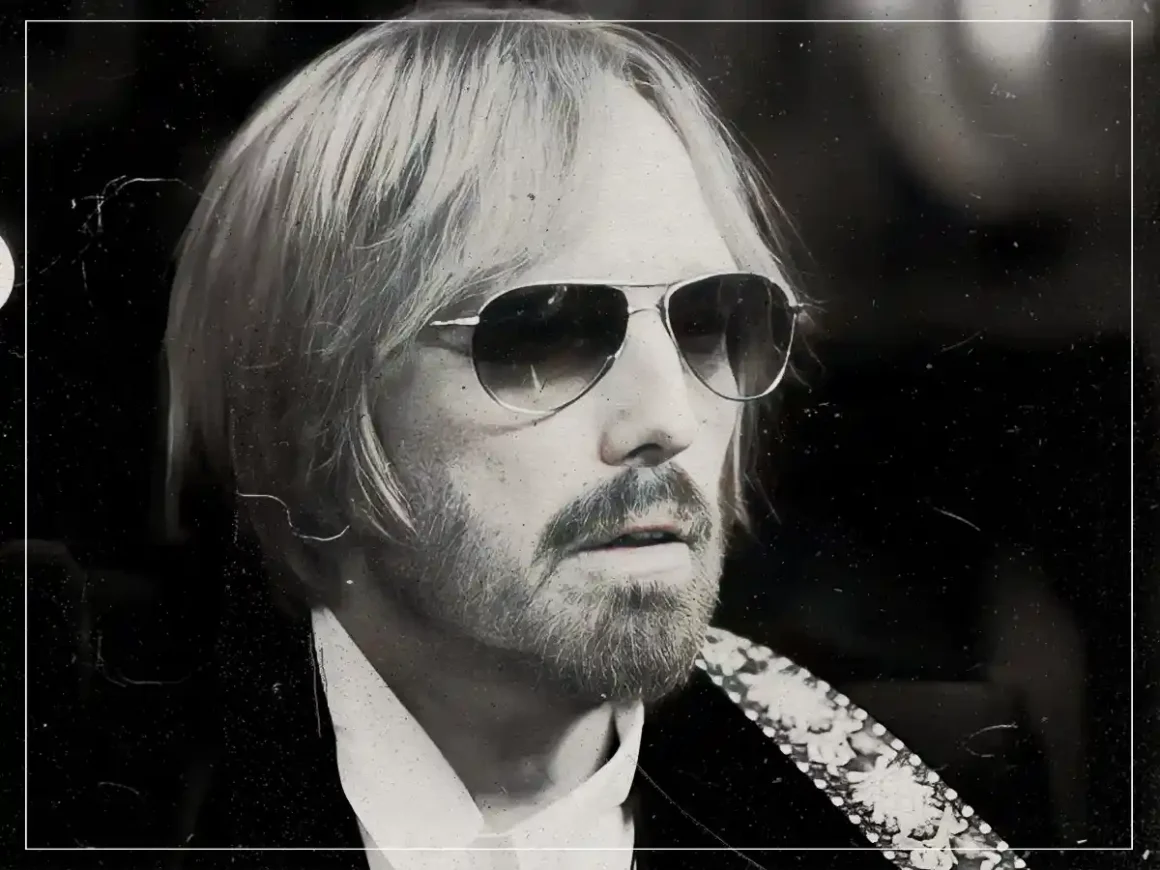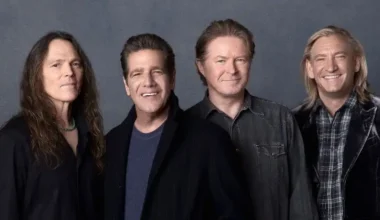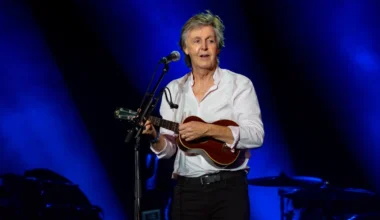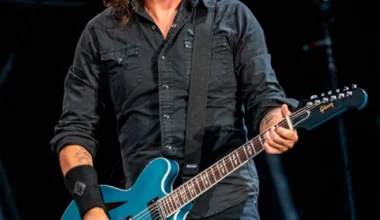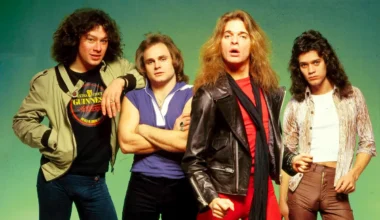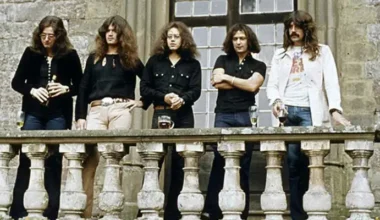It should come as no surprise that the iconic time-traveling film Back to the Future features a lot of music. Huey Lewis and the News’s “Power of Love” defines the sounds of the 1980s in the opening sequence. While Marty McFly appears to start the rock ‘n’ roll wave in the 1950s with a performance of Chuck Berry’s “Johnny B. Goode.” The so-called “butterfly effect” has a special bearing on the evolutionary path of music, making it a potent time marker. No one knew this better than Tom Petty.
Filmmakers and authors have attempted to speculate about what might have happened if the Axis alliance had prevailed in World War II. Robert Harris is well-known for having studied the dystopia that would have developed in the late 20th century in the event that Adolf Hitler had prevailed in Europe. It was a sombre portrayal, to be sure, and there was a distinct lack of rock and roll. In this scenario, rock music probably wouldn’t have taken off in the West. However, the blues probably would have continued in some form across the Atlantic.
Most importantly, in this scenario Nazi rule would have remained firmly in place over Britain. Paul McCartney first met John Lennon at the 1957 church fête in Woolton, despite it being a fascist parade. Lennon would never have been asked to perform his blues-influenced skiffle music with The Quarrymen.
The world today would be very different if The Beatles had never formed, even with the way the war ended. They revived rock music in the 1960s, tipping the odds toward a countercultural revolution in the United States. Moreover, Tom Petty—and he’s not the only one—would never have had his eyes opened if Lennon and McCartney had never met.
During his 2017 MusiCares acceptance speech, Petty traced the history of rock ‘n’ roll. He mentioned that the American government, particularly the Republicans, “got very nervous” following the advent of rock ‘n’ roll in the 1950s.
He remarked, “They put Chuck Berry in jail and Elvis in the army.” “For a few years, things calmed down, but by then, it was too late. The music had made its way to England and they remembered it.”
After meeting Elvis Presley when he was ten years old, Petty realised his dream of becoming a rock star. He was invited to watch the filming of Elvis Presley’s Follow That Dream in the summer of 1961 while his uncle was working on the set in Ocala. He had a dream, but The Beatles gave him the drive to follow it. “Like many others, I had my eyes opened in 1964 when The Beatles came around. And I joined the conspiracy to put Black music on popular white radio,” Petty continued in his speech.
In February 1964, Petty first became aware of the Fab Four through the renowned Ed Sullivan Show. “The solution was obvious the moment I saw the Beatles on the Ed Sullivan Show, and this is true for thousands of guys as well. That was how it was done. You are an independent entity and you have your friends. Additionally, you compose the music. And it appeared like a tonne of fun,” Petty said once more.
“I used to be a huge Elvis fan. However, I could see that there was something I could do from the Beatles. I knew I could pull it off. Soon after, organisations started to appear everywhere in garages.
As the 20th century came to an end, many US music icons—including Bruce Springsteen, Mark Mothersbaugh, Gene Simmons, Joe Perry, Nancy Wilson, Kenny Loggins, and Billy Joel—cited The Beatles’ performance on The Ed Sullivan Show as a turning point in their careers. Considering that Petty joined George Harrison in the Travelling Wilburys after becoming well-known for the Heartbreakers, he might have been the most conceited of the group.

